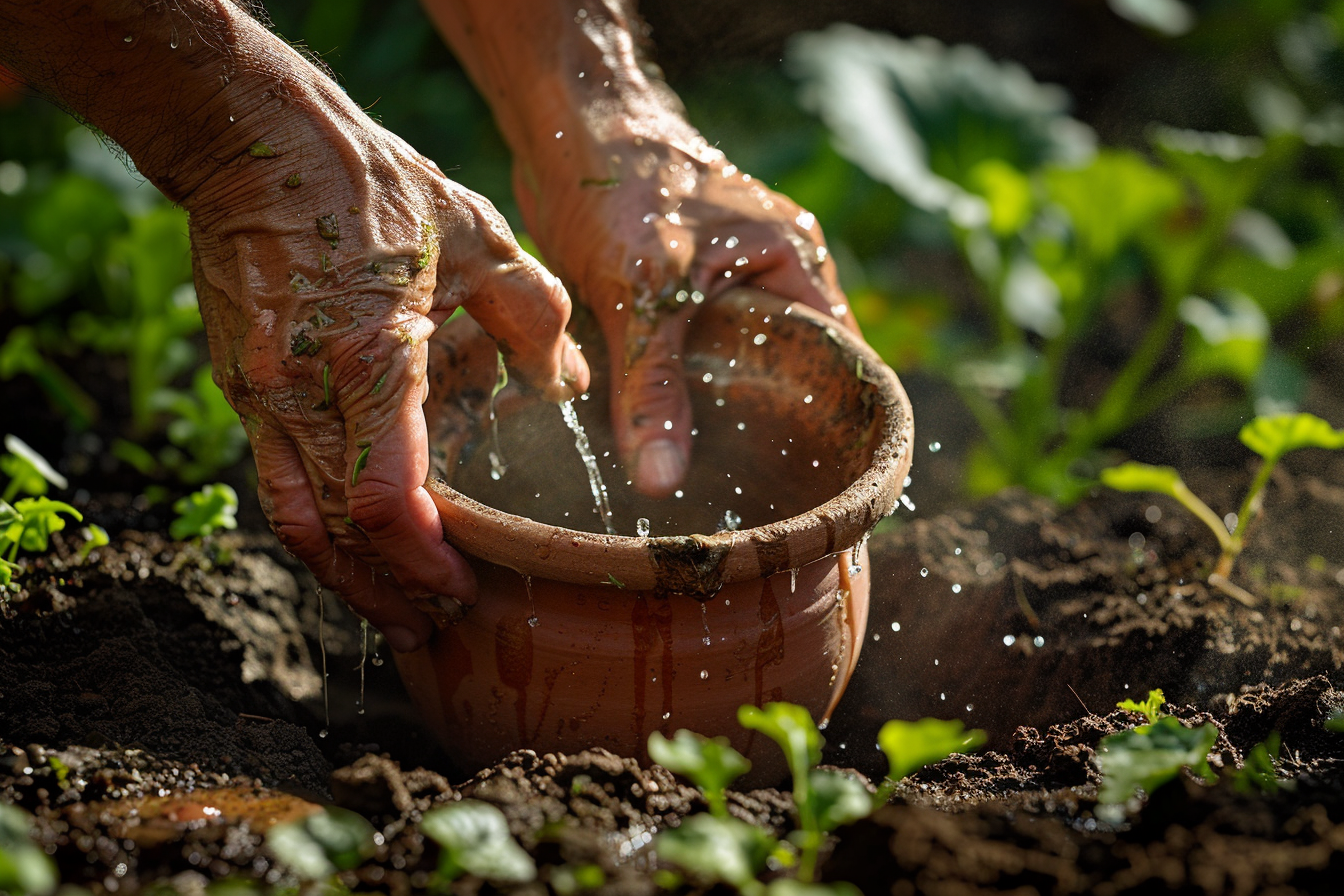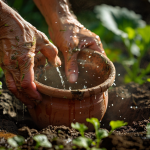Maximise plant hydration while conserving water by mastering the use of olla pots. Proper installation and maintenance can make a significant difference. From choosing the right location to ensuring optimal water levels, every step is essential for sustainable gardening. Discover how this eco-friendly method reduces water consumption and nurtures your plants to thrive, making your garden both efficient and environmentally conscious.
Installation and efficient use of an olla pot
There are several key steps involved in installing and using an olla pot.
Cela peut vous intéresser : Is a Downpipe Upgrade Worth It for a Hyundai i30 N Performance?
Choosing the ideal location for the olla pot
To maximize the efficiency of your olla pot, it’s crucial to choose an optimal location. The ideal position is close to the plant roots, at around 30 centimetres for smaller models. Make sure the area has loose soil, so you can easily insert the olla without risk of breakage.
Steps for burying and filling the olla pot
To bury and fill an olla pot like ion this link https://bacsac.com/gb/accessories/11-ollas-irrigation.html, there are four main steps to consider.
A lire également : Transform your outdoor space with banstead garden fencing
First, make a hole in the ground large enough to accommodate the olla pot. Then bury the olla until only the neck protrudes. Then fill the olla with water until it overflows slightly to start the irrigation process. Seal with a stopper to prevent excessive evaporation and you’re done.
Maintain a good water level for optimal plant hydration
Fill your olla pot regularly to ensure continuous hydration. Filling frequency can vary from a few days to a week, depending on your plants’ needs and weather conditions. Use rainwater or non-calcareous water to prevent clogging of the pores.
Advantages and ecological benefits of ollas
Potted ollas offer a wide range of benefits.
Reduced water consumption
Ollas provide significant water savings, reducing consumption by around 50-70% compared to traditional methods. Water is distributed slowly and directly to the roots, minimizing losses through evaporation and runoff.
Positive environmental impact
Using ollas contributes to sustainable gardening. Their terracotta construction and long life cycle make them an eco-responsible watering method. This system helps preserve water resources and reduce our ecological footprint.
Prevention of water stress
Ollas keep plants constantly hydrated, preventing water stress. By maintaining optimum humidity levels, they improve plant health and increase resistance to periods of drought. Your plants remain vigorous and productive, even in midsummer.
Care and maintenance of ollas
For best durability, you need to look after your olla pot.
Tips for keeping ollas clog-free
To prevent clogging, use rainwater or non-calcareous water.Periodic cleaning with diluted white vinegar may also be necessary. Inspect ollas regularly to detect and remove any mineral deposits.
Cleaning and frost protection
Before winter sets in, empty and clean your ollas.Protect them from frost by digging them up and storing them indoors. This will prevent cracking and extend their life.
Using mulch to conserve moisture
Apply a layer of mulch around the ollas.This helps maintain soil moisture, reduces water requirements and prevents rapid evaporation. Mulch also improves the overall health of your plants by enriching the soil.













